Introduction
Woodworking is an art that requires precision, and the right tools can make all the difference. Among these, the panel saw stands out as a game-changer, capable of transforming large panels into manageable pieces with ease and accuracy. This guide delves into the world of panel saws, exploring their types, uses, and how to choose the right one for your needs. We'll also touch on essential features, safety measures, and maintenance tips to ensure you get the most out of your panel saw.
Understanding Panel Saws: An Overview
A panel saw is a specialized piece of woodworking machinery designed to cut large panels and sheets, such as plywood or medium-density fiberboard (MDF). These saws can be either vertical or horizontal in design, but both types are equipped with a circular saw blade that moves across the sheet. The panel saw, when used correctly, can be an invaluable tool in a woodworking shop, offering precision cuts on large panels.
Types of Panel Saws
Panel saws, essential for cutting large sheets into manageable pieces, come in various types. Vertical panel saws, equipped with a blade on a vertical frame, are ideal for cutting large sheets of plywood and MDF. Horizontal panel saws, on the other hand, cut flat sheets with precision. Sliding table saws ensure accurate cuts with less waste, commonly used in woodworking and furniture building. Beam saws are designed for high-volume production, while CNC panel saws offer high precision with computerized interfaces.
Vertical Panel Saws
Vertical panel saws are a versatile tool in woodworking, known for breaking down large sheet goods into usable sizes. They can cut a variety of materials, including plywood, plastics, and acrylic sheets. These saws are space-efficient and safer to use as the blade is not exposed to the user. Some vertical panel saws are stationary, while others are semi-mobile. The latter are more common and found in factories and small shops. Key factors that make a great vertical panel saw include accuracy, ease of use, and reliability. A good vertical panel saw should be accurate, user-friendly, and reliable, serving as the workhorse of many shops.
Horizontal Panel Saws
Horizontal panel saws are ideal for industrial applications where large batches of panels need to be cut. They are the only machines capable of cutting thick stacks of panels quickly. Horizontal saws offer close dimensional adherence with a cutting precision of 1/10 mm and finishing-cut quality. They have an advantage in stack-cutting operation, being able to cut stacks up to 200 mm thick. However, they require more space and often need two operators for large-sized panels. Despite their higher initial investment and operating costs, they remain a popular choice for large-scale operations.
Sliding Panel Saws
Sliding panel saws are traditional woodworking tools often compared to vertical panel saws. They are used in various industries, including timber merchants, DIY stores, and furniture manufacturing. Sliding panel saws are versatile, capable of processing a variety of materials, including wood-based panels, plastics, composites, and non-ferrous metals. However, vertical panel saws, also known as wall saws, are gaining popularity due to their space-saving design and ease of operation. They can handle large sheet sizes, making them a valuable addition to any workshop.
Choosing the Right Panel Saw for Your Needs
Choosing the right panel saw can seem daunting given the myriad of options available. By considering your specific needs in terms of space, work volume, precision, and budget, you can narrow down your choices. A good quality panel saw can last for years, making a used one a cost-effective option, especially if you’re on a tight budget. However, ensure to check its condition, any warranties, and the availability of replacement parts.
Factors to Consider
Choosing the right panel saw can seem daunting given the myriad of options available. By considering your specific needs in terms of space, work volume, precision, and budget, you can narrow down your choices. A good quality panel saw can last for years. Therefore, buying a used one can be a cost-effective option, especially if you’re on a tight budget. However, make sure to check its condition, any warranties, and the availability of replacement parts.
Panel Saw Features and Accessories
Panel saws come with a variety of accessories to enhance functionality. These include a coiled extension cord, dust containment brush, and a folding stand with transport wheels for easy mobility. The wall mount system allows for convenient storage. For dust management, there's a frame dust collection system and a dust containment package. Additional accessories include a variety of insert plates, premium blades for different materials, a laser guide, measuring tapes, and a flip stop system. The mid fence adds a detachable shelf for material support at waist height.
Safety Measures and Best Practices
Engineered with your safety in mind, our vertical panel saws are built with several safety mechanisms reducing the likelihood of operator error. Vertical Saws provide the safest and fastest solution for processing panels. They feature a heavily guarded saw blade that reduces the chance of operator contact with the blade. All of our panel saws allow for making crosscuts or ripcuts by simply pulling up on the indexing pins and rotating the motor 90-degrees, ensuring safe operation.
Maintenance and Troubleshooting
Routine maintenance is crucial for the longevity and performance of your panel saw. Weekly tasks include cleaning the base of the machine and its mechanical parts, especially the moving ones. Monthly, lubricate the axes of the pusher and saw carriage. Every two months, vacuum the electrical parts, particularly the electrical panel. Check the wear of the belts on the cutting blade and engraver every 3-4 months. Regularly remove debris from the chip channel, and sharpen the machine’s tools as needed. Remember to schedule annual maintenance for optimal performance.
Conclusion
Panel saws are an indispensable tool in the woodworking industry, offering unparalleled precision and efficiency in handling large panels. Whether you opt for a vertical, horizontal, or sliding panel saw, the key lies in understanding your specific needs and choosing a saw that aligns with them. Remember, a good panel saw is an investment that can last for years, so consider factors like space, work volume, precision, and budget. Equally important are safety measures and regular maintenance to ensure longevity and optimal performance. With the right panel saw, you can truly revolutionize your woodworking experience.



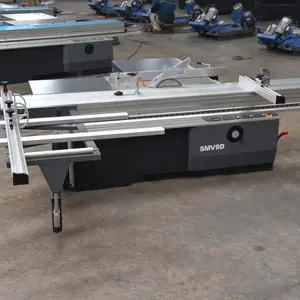


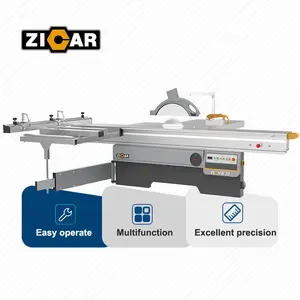






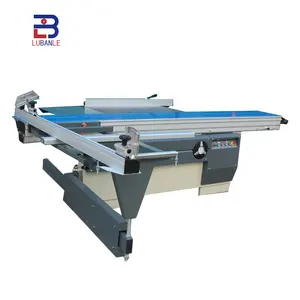



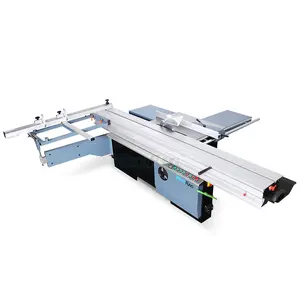
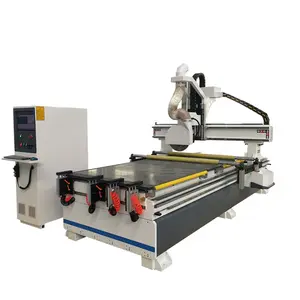



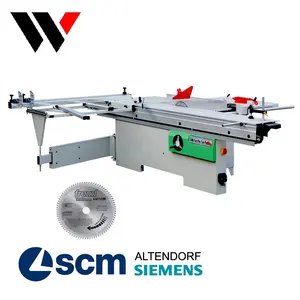





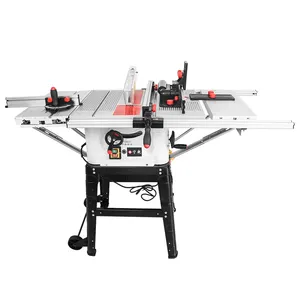



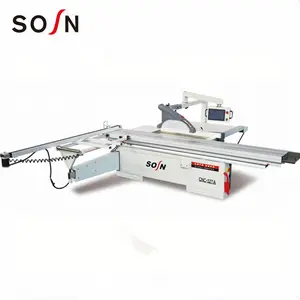

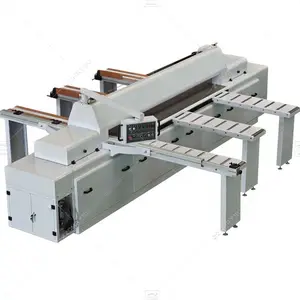



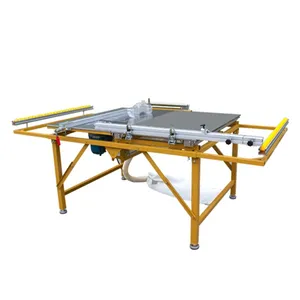


























 浙公网安备 33010002000092号
浙公网安备 33010002000092号 浙B2-20120091-4
浙B2-20120091-4